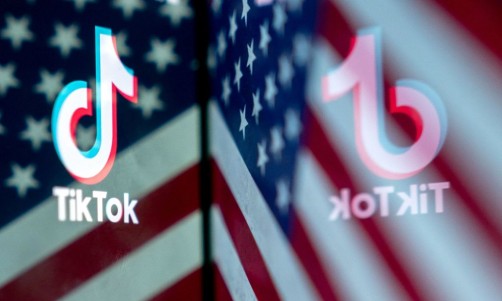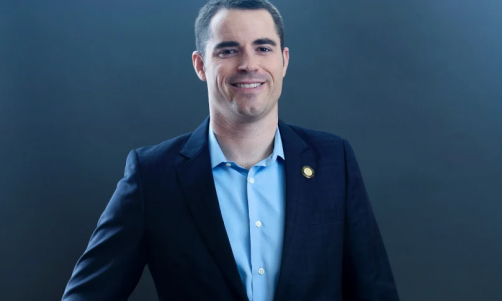YouTube is a treasure trove of content. You can discover many things like how-to videos, gaming walkthroughs, vlogs, make-up tips, and even lessons for homeschooling.
The platform offers everyone the opportunity to post videos of whatever they want, as long as the videos follow YouTube's terms of service and it doesn't infringe on any existing copyrights.
However, there are times that people may not be aware of copyrights or have simply forgotten them. Nevertheless, having a copyright claim or copyright strike, two different offenses, does not look good on any YouTuber's record.
Here are some tips to help you avoid both and ensure your YouTube uploading days go without a hitch.
Use Royalty-Free Music
Many content creators love to put their favorite songs on the videos they upload on YouTube. After all, it's a way of expressing themselves and their interests simultaneously. However, doing so could land them with a copyright claim or worse.
As such, LICKD advises people who want to use music on their YouTube videos to get royalty-free music from YouTube's audio library.
Although the music selection is small and could get repetitive, the music is free to use and royalty-free, which means these types of music can be used without fear of any copyright claims or strikes.
Read More: Will Smith and Chris Rock Best Memes for Oscars 2022
Use Original Content
Whether it's music, art, a video, or a piece of writing, using original content on YouTube videos is fine as the people who created them could set the rules on how they want to use their content. It's also a great way to express oneself and showcase one's talent to the world.
Stick to 'Fair Use'
According to KPPB Law, the "fair use" exception is a legal doctrine that allows someone to use copyright-protected works without the copyright owner's permission in certain limited circumstances.
In Section 107 of the Copyright Act, the circumstances where fair use can be used to argue against copyright infringement are:
- The purpose and character of the use, including whether such use is of commercial nature or is for nonprofit educational purposes
- The nature of the copyrighted work
- The amount and substantiality of the portion used in relation to the copyrighted work as a whole
- The effect of the use upon the potential market for, or value of, the copyrighted work
YouTube has an example of how the "fair use" policy works on its support page. If a copyrighted video is used to create new meaning for the source material, it could be considered fair use. The example YouTube presented combined short excerpts from different source materials into a remix, which creates a new message than the original video gives. In this case, this particular video is considered fair use.
Seek Permission From the Copyright Holder
If a piece of music, art, or video is protected under copyright, it may not be enough to leave attributions to them in any part of a video. Seek permission from the copyright owner before using a specific content of theirs. Specifically, look for the license of the desired content or get the copyright owner's explicit permission to use their content. If permission cannot be acquired, then refer to the previously mentioned tips.
Related Article: YouTube Offers Podcasters Up to $300K to Embrace Video Format










